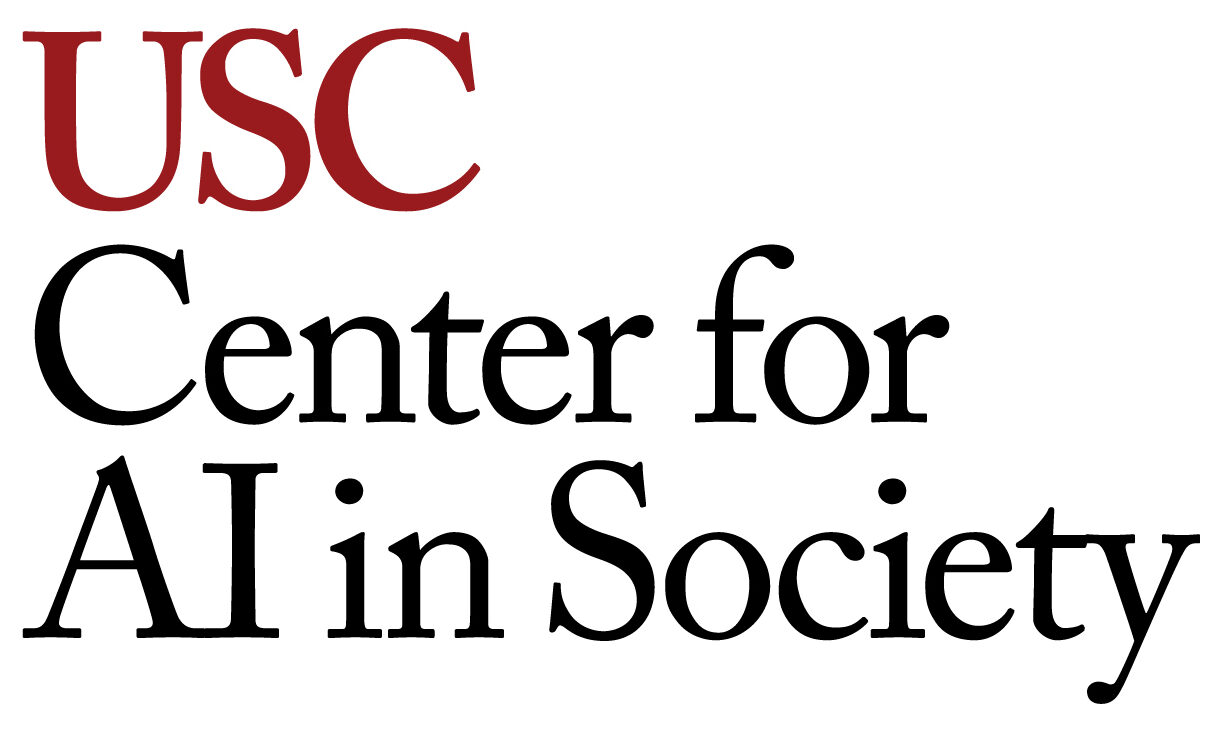Using mindfulness, yoga, and artificial intelligence (AI) to reduce interpersonal violence among homeless youth
Aside from self-defense, 10% of homeless youth report assaulting someone in the prior year (1). Rates are drastically higher in relation to intimate partner violence, with two-thirds of homeless youth reporting assaulting their romantic partner (2). In addition to the potential physical and mental health consequences of engaging in violence, such actions can decrease the ability to exit homelessness due to incarceration, and difficulty obtaining a job and/or housing (3-5). Very few interventions focusing on decreasing violence among homeless youth exist (6).
Fleeing violence at home is a frequently-cited reason for becoming homeless (7-10). Furthermore, in order to survive on the streets, homeless youth are putting themselves at risk for violence victimization due to exchange sex, substance use, gang involvement, and other survival strategies (7-9, 11-13). Interpersonal violence occurs within a dyadic space, but it is also contagious in a social network, diffusing across social space (14-15).
Goals
A network “infected” by violence can also be “cured” by diffusion of nonviolent behaviors; therefore, when determining how interpersonal violence spreads through the network, one must take into account how an individual’s violence engagement may change from partaking to refraining. We aim to use a peer change agent model to decrease violence experiences within a social network of homeless youth. Those trained as the change agents are selected via an algorithm to maximize impact in the social network. These peer leaders (“peer ambassadors”) are trained in practices of mindfulness and yoga (16).

MyPath logo: It’s That 50. It’s The Middle Before Going To 0-100. Where You Get To Decide What You Want To Do. It’s Thinking Before You React. Not Letting Your Emotions Get The Best Of You. Practicing That And Making It A Skill That You Could Practice Throughout Life.
Methods
The AI algorithm, named ViolMin, is designed to select potential peers who are: (i) structurally important in the network (ii) had propensity for interpersonal violence perpetration and (iii) likely to respond well to the intervention (e.g., mindfulness, yoga). The intervention, named Mindfulness and Yoga Peer Ambassador Training for Health (MyPath), consisted of a 3-hour Mindfulness and Yoga Peer Ambassador training intensive and seven weekly hour-long follow up workshops. Content included discussions of the causes and consequences of interpersonal violence perpetration, explored biological and physiological accounts of impulsivity and emotion regulation, and introduced the concepts of mindfulness and yoga as tools to promote better self-regulation skills. The intensive concluded with experiential practice of mindfulness and accessible yoga techniques that utilized chairs and guided breathing (16).
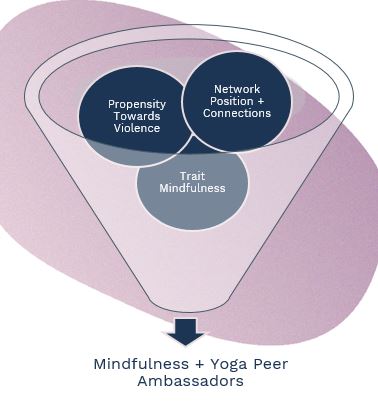
Results
A pilot study was conducted with a homeless youth drop-in center in Los Angeles (Safe Place for Youth). Following the implementation of the MyPath intervention, experiences of violence decreased within the social network of homeless youth (16).
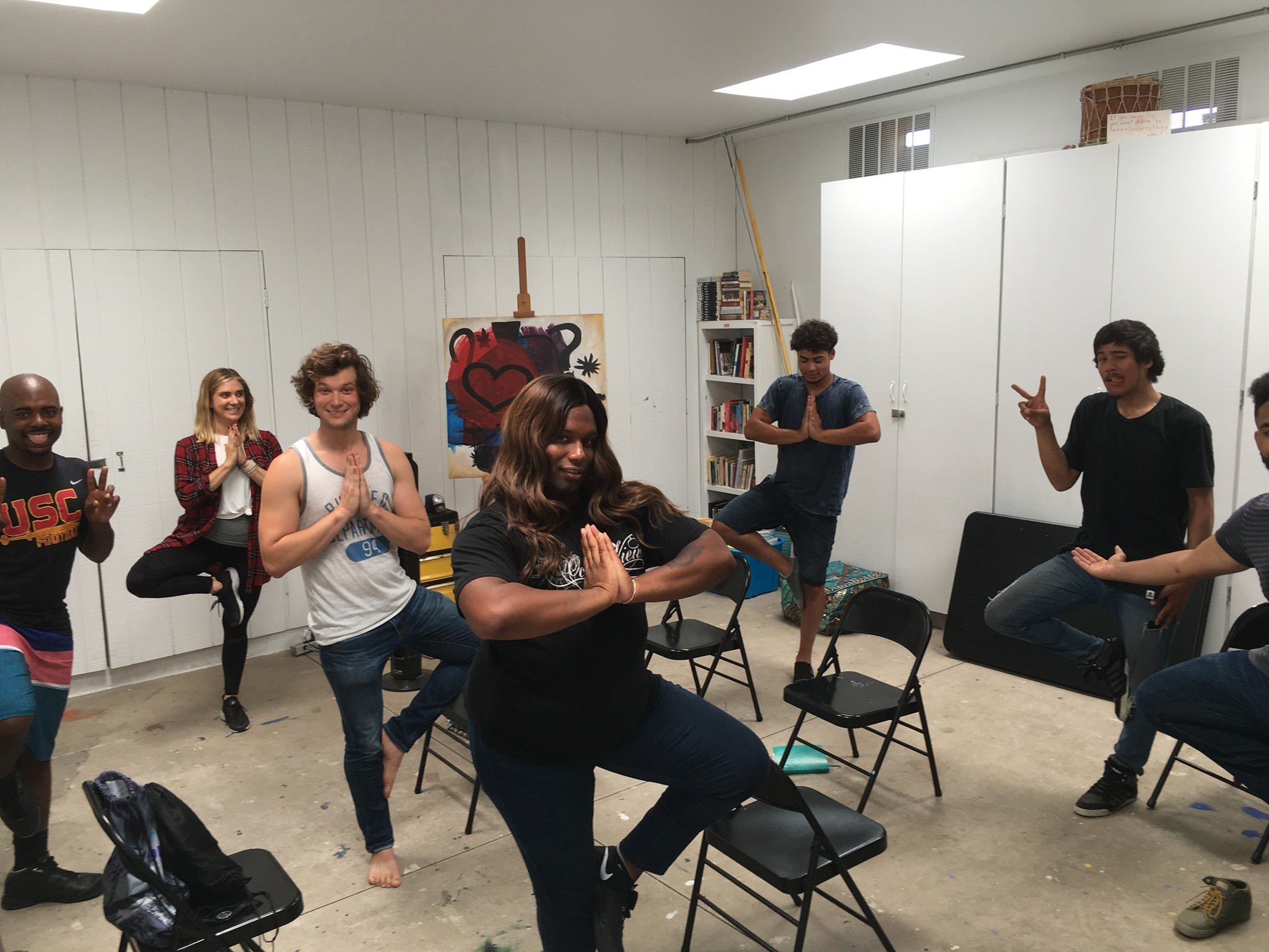
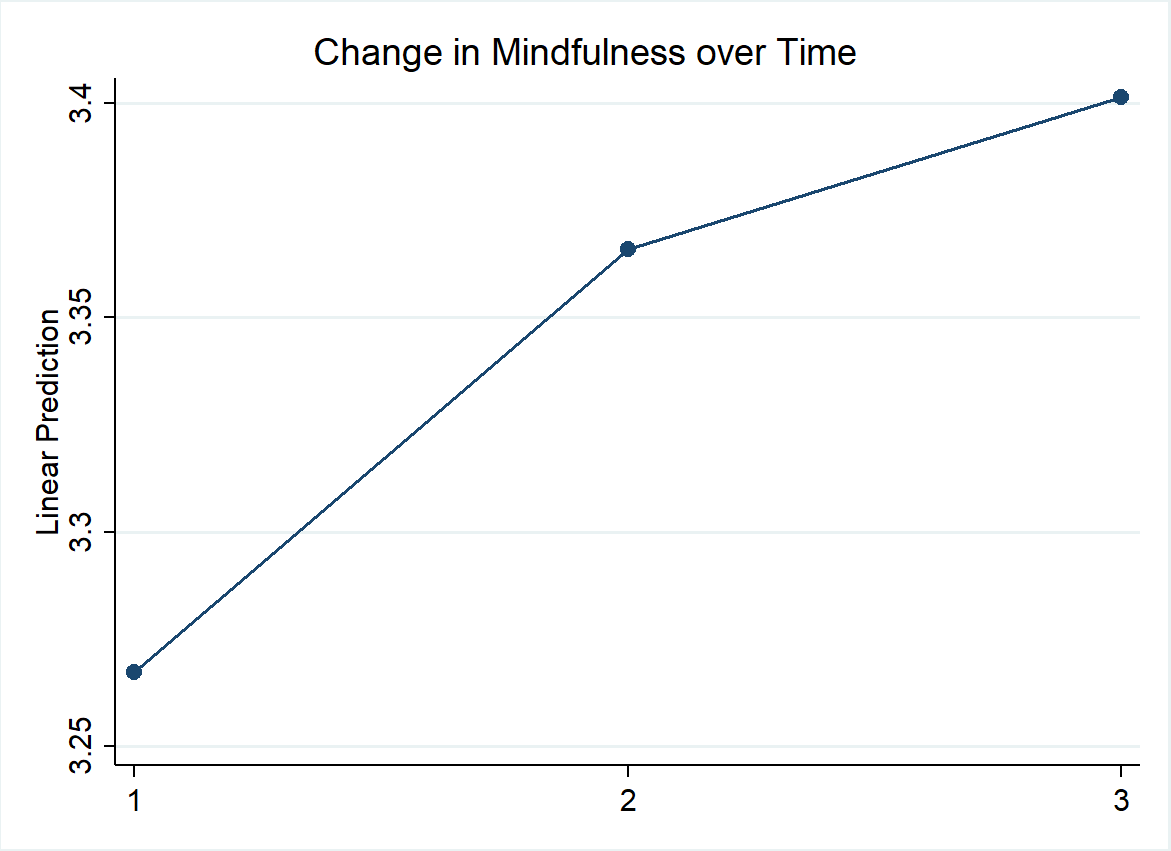
Preliminary results show increased mindfulness practice from baseline to 3 months.
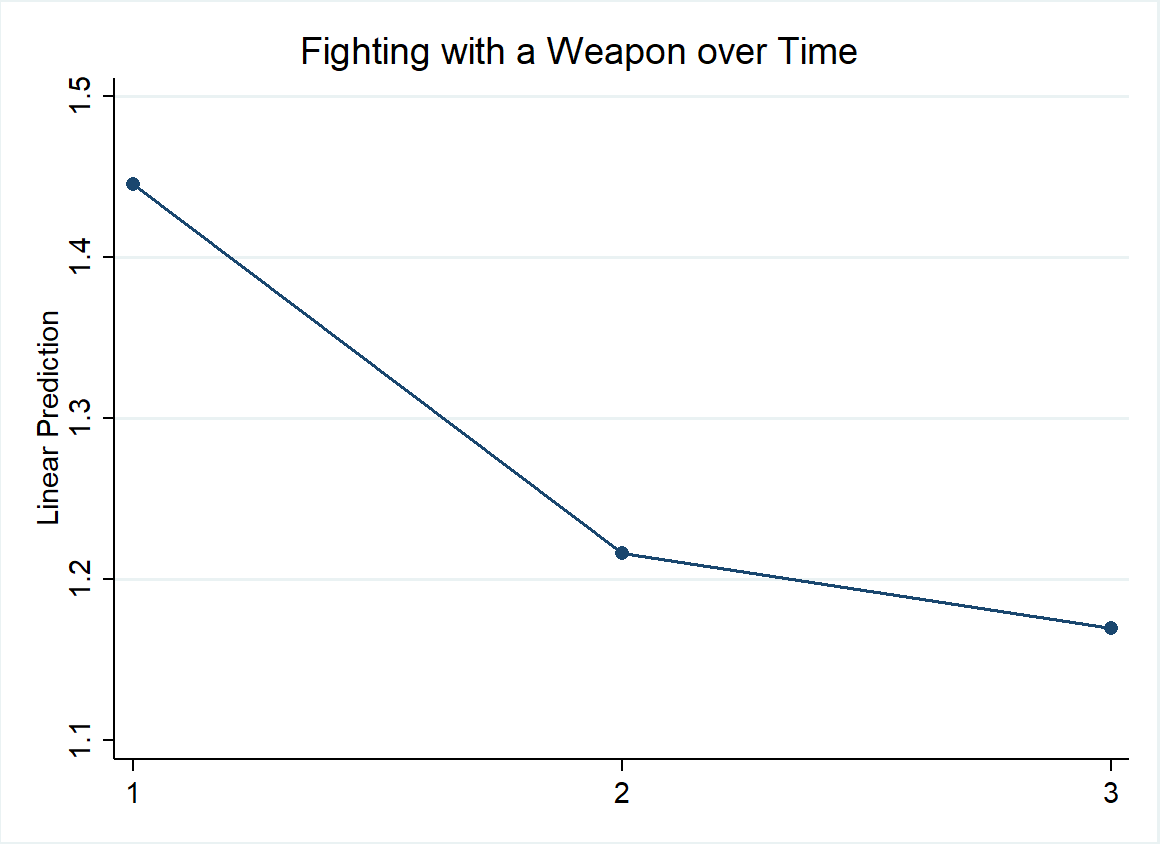
Preliminary results show decreased fighting with a weapon from baseline to 3 months.
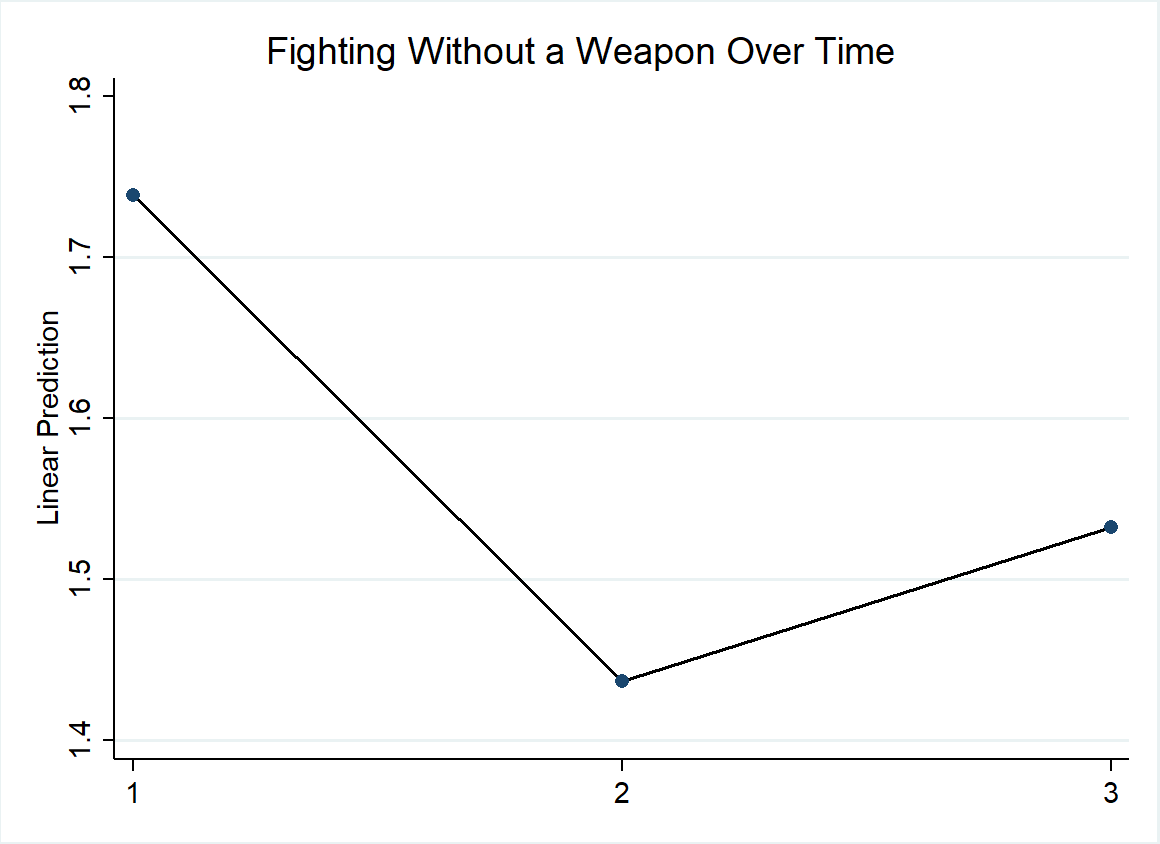
Preliminary results show decreased fighting without a weapon from baseline to 3 months.
Contact us about being a sponsor for this project
Contact- USC Suzanne Dworak-Peck School of Social Work, January 22, 2020, Spreading Mindfulness and Yoga Through Social Networks to Youth Experiencing Homelessness
- Video, July 30, 2019, What is MyPath? Mindfulness and yoga for homeless youth
- MYPATH Press Release, June 25, 2019, Mindfulness and yoga peer training may reduce experiences of violence for young adults experiencing homelessness
- Heerde, J. A., Hemphill, S. A., & Scholes-Balog, K. E. (2014). ‘Fighting’ for survival: A systematic review of physically violent behavior perpetrated and experienced by homeless young people. Aggression and Violent Behavior, 19(1), 50–66. https://doi.org/10.1016/j.avb.2013.12.002
- Tyler, K. A., Melander, L. A., & Noel, H. (2009). Bidirectional Partner Violence Among Homeless Young Adults. Journal of Interpersonal Violence, 24(6), 1014–1035. https://doi.org/10.1177/0886260508319364
- Bender, K., Thompson, S., Ferguson, K., Yoder, J., & DePrince, A. (2014). Risk Detection and Self-Protection Among Homeless Youth. Journal of Research on Adolescence, n/a-n/a. https://doi.org/10.1111/jora.12123
- Chen, X., Thrane, L., Whitbeck, L. B., & Johnson, K. (2006). Mental Disorders, Comorbidity, and Postrunaway Arrests Among Homeless and Runaway Adolescents. Journal of Research on Adolescence, 16(3), 379–402. https://doi.org/10.1111/j.1532-7795.2006.00499.x
- Schwartz, M., Sorensen, H. K., Ammerman, S., & Bard, E. (2008). Exploring the Relationship Between Homelessness and Delinquency: A Snapshot of a Group of Homeless Youth in San Jose, California. Child and Adolescent Social Work Journal, 25(4), 255–269. https://doi.org/10.1007/s10560-008-0125-1
- Petering, R., Wenzel, S., & Winetrobe, H. (2014). Systematic Review of Current Intimate Partner Violence Prevention Programs and Applicability to Homeless Youth. Journal of the Society for Social Work and Research, 5(1), 107–135. https://doi.org/10.1086/675851
- G. Milburn, M. J. Rotheram-Borus, E. Rice, S. Mallet, and D. Rosenthal. Cross-national variations in behavioral profiles among homeless youth. American Journal of Community Psychology, 37(1-2):63, 2006.
- J. Robertson and P. A. Toro. Homeless youth: Research, intervention, and policy. In Practical Lessons: The 1998 National Symposium on Homelessness Research. Washington, DC: US Department of Housing and Urban Development and US Department of Health and Human Services, 1999.
- B. Whitbeck and D. R. Hoyt. Nowhere to Grow: Homeless and Runaway Adolescents and Their Families. Transaction Publishers, 1999
- B. Whitbeck, D. R. Hoyt, and K. A. Ackley. Abusive family backgrounds and later victimization among runaway and homeless adolescents. Journal of Research on Adolescence, 7(4):375–392, 1997.
- W. Baron. Street youth, gender, financial strain, and crime: Exploring broidy and agnew’s extension to general strain theory. Deviant Behavior, 28(3):273–302, 2007.
- M. Crawford, L. B. Whitbeck, and D. R. Hoyt. Propensity for violence among homeless and runaway adolescents: An event history analysis. Crime & Delinquency, 57(6):950–968, 2011.
- A. Toro, A. Dworsky, and P. J. Fowler. Homeless youth in the united states: Recent research findings and intervention approaches. In National Symposium on Homelessness Research, 2007.
- Petering, E. Rice, H. Rhoades, and H. Winetrobe. The social networks of homeless youth experiencing intimate partner violence. Journal of Interpersonal Violence, 29(12):2172–2191, 2014.
- A Srivastava, R Petering, M Misyrlis. Minimizing Violence in Homeless Youth in E. Rice and M. Tambe (eds.) Artificial Intelligence and Social Work. 2018.
- Petering, R., Barr, N., Srivastava, A., Onasch-Vera, L., Thomson, N. & Rice, E. (in press). Mindfulness and Yoga Peer Based Intervention to Reduce Interpersonal Violence among Young Adults Experiencing Homelessness. Journal of the Society for Social Work and Research.


